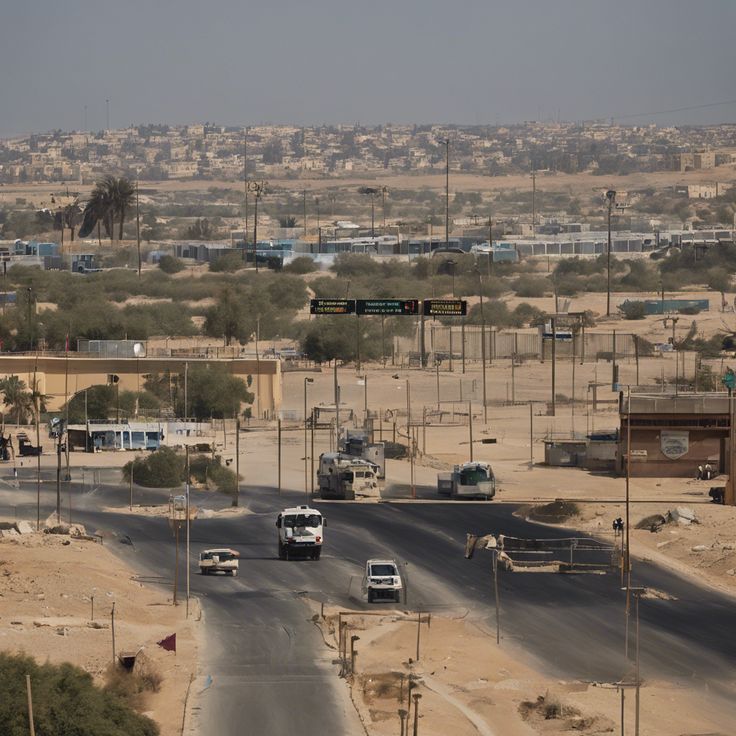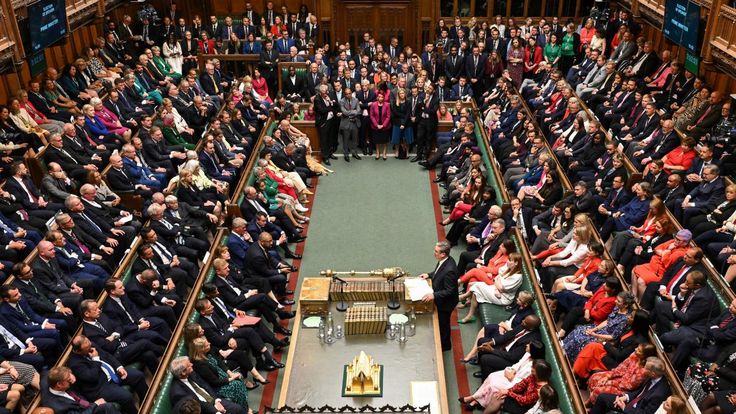Table of Contents
The 2005 Gaza Disengagement Plan, also known as the “Hitnatkut,” represents one of the most significant and controversial decisions in recent Israeli history. While commonly perceived as a major concession or unilateral retreat under international and Palestinian pressure, a closer examination reveals that it was, in fact, a calculated and strategic maneuver designed to strengthen Israel’s long-term security and political objectives rather than a simple act of withdrawal or appeasement.

Historical Context: The Road to Disengagement
To understand the strategic nature of the Gaza disengagement, it is essential to examine the backdrop against which this decision was made. Since the Six-Day War of 1967, Israel had maintained control over the Gaza Strip, which was originally under Egyptian administration. Over the years, the Gaza Strip became increasingly difficult to govern due to its dense population, high poverty rates, and frequent clashes between Israeli forces and Palestinian militants.
By the late 1990s and early 2000s, Israel faced increasing security challenges, particularly with the outbreak of the Second Intifada—a wave of Palestinian violence and terrorism targeting Israeli civilians and soldiers. The ongoing conflict made the maintenance of Israeli settlements in Gaza costly and dangerous, both economically and in terms of human lives.
Within Israel’s political landscape, there was growing debate about the feasibility and wisdom of maintaining settlements deep inside Gaza. The settlements required heavy military protection, and many Israeli strategists saw the area as a security liability rather than an asset. Simultaneously, the demographic reality, where the Palestinian population was much larger and growing rapidly compared to the Israeli settler population, raised concerns about the future character of the land Israel controlled.

The Disengagement Plan: Design and Objectives
The Gaza Disengagement Plan was announced by then-Prime Minister Ariel Sharon in 2003 and implemented in August 2005. The plan involved the evacuation of approximately 8,000 Israeli settlers from 21 settlements in Gaza and four settlements in the northern West Bank. Alongside the removal of settlements, the Israeli Defense Forces (IDF) withdrew from the Gaza Strip, effectively ending direct Israeli military presence there.
However, the plan was not a wholesale surrender or concession. Instead, it was meticulously crafted with several strategic objectives:
- Improving Israel’s Security Posture: By withdrawing from Gaza, Israel sought to reduce friction points and the vulnerability of isolated settlements that required extensive military resources for protection. The withdrawal aimed to shift the front line from inside Gaza to the Gaza border, where Israeli forces could better control access and respond to threats with greater flexibility.
- International Diplomatic Positioning: The unilateral nature of the disengagement was designed to demonstrate Israel’s willingness to take concrete steps toward peace, even without a negotiated agreement with the Palestinians. This was intended to bolster Israel’s diplomatic standing and counterbalance criticism regarding its settlement policies.
- Preserving the Jewish Majority: One of the long-term strategic considerations was the demographic balance within Israel’s borders. By disengaging from Gaza, a territory with a large Palestinian population, Israel sought to avoid incorporating an area that could threaten the Jewish majority if annexed or ruled indefinitely.
- Shaping Future Negotiations: The move was meant to set new parameters for future peace negotiations. By unilaterally defining its borders and responsibilities, Israel aimed to influence the framework of any eventual agreement, effectively shifting the burden of conflict management onto the Palestinian Authority or other Palestinian factions.

Strategic Rather Than Reactive: The Planning Behind the Move
The disengagement was far from a hastily made concession; it was the result of extensive planning, military assessments, and political calculations. Israeli leadership recognized that maintaining small, vulnerable settlements surrounded by hostile populations was not sustainable. The disengagement allowed Israel to concentrate its resources and military presence in more defensible and strategically significant locations.
Moreover, the plan included provisions for continued control over Gaza’s borders, airspace, and maritime access, maintaining significant leverage over the territory’s movement of goods and people. This control underscored the idea that Israel was not abandoning Gaza completely but rather restructuring its approach to managing the region in a way that preserved Israeli interests.

Reactions and Misinterpretations
Internationally and within Israel, the disengagement was met with a variety of responses. Many Palestinians and supporters hailed it as a victory and a step toward Palestinian sovereignty. Conversely, some Israeli factions, especially settlers and their supporters, saw it as a painful retreat and betrayal.
Nevertheless, the disengagement did not lead to the stable peace many anticipated. Instead, Gaza became a focal point for intensified militant activity, leading to further security challenges for Israel. This outcome reinforced the view among many Israeli strategists that the move was a tactical recalibration rather than a straightforward concession.

Long-Term Implications and Strategic Outcomes
In hindsight, the 2005 Gaza disengagement should be understood as a strategic maneuver within a broader framework of Israeli security policy and political objectives. It enabled Israel to:
- Reduce the burden of defending vulnerable settlements.
- Enhance military flexibility by focusing on border defense rather than internal security within Gaza.
- Maintain international credibility by demonstrating a willingness to make unilateral moves toward peace.
- Protect its demographic and political interests by avoiding the integration of a large Palestinian population under its sovereignty.
While the move did not solve the Israeli-Palestinian conflict or bring immediate peace, it was a significant shift in Israel’s approach, reflecting pragmatic considerations rather than mere concession under pressure.
Author Profile
- Syed Tahir Abbas is a Master's student at Southwest University, Chongqing, specializing in international relations and sustainable development. His research focuses on U.S.-China diplomacy, global geopolitics, and the role of education in shaping international policies. Syed has contributed to academic discussions on political dynamics, economic growth, and sustainable energy, aiming to offer fresh insights into global affairs.
Latest entries
 GeopoliticsAugust 23, 2025Previewing the White House Visit of South Korean President Lee Jae Myung
GeopoliticsAugust 23, 2025Previewing the White House Visit of South Korean President Lee Jae Myung Middle East ConflictJuly 22, 2025Israel’s Deadly Attacks on Gaza: A Dire Humanitarian Crisis and International Calls for a Truce
Middle East ConflictJuly 22, 2025Israel’s Deadly Attacks on Gaza: A Dire Humanitarian Crisis and International Calls for a Truce Middle East & North AfricaJuly 20, 2025Israel Targets Damascus Amid Rising Tensions in Syria
Middle East & North AfricaJuly 20, 2025Israel Targets Damascus Amid Rising Tensions in Syria Middle East AffairsJuly 14, 2025An Open Letter from Gaza’s University Presidents: Resisting Scholasticide Through Education
Middle East AffairsJuly 14, 2025An Open Letter from Gaza’s University Presidents: Resisting Scholasticide Through Education



1 comment
How do you always make blogging look so effortless? Your content is top-notch—keep shining! ✨Love every single post